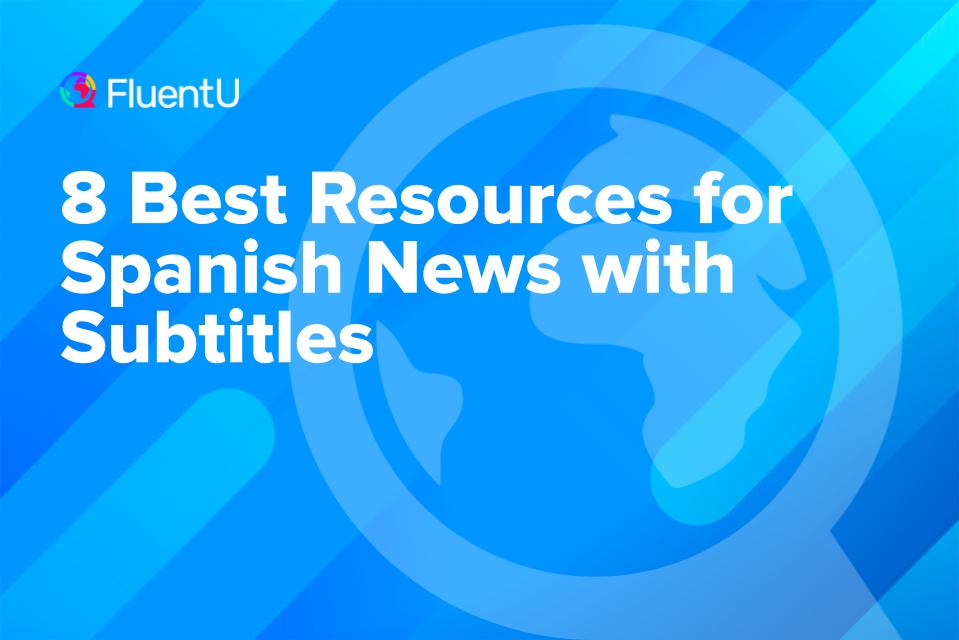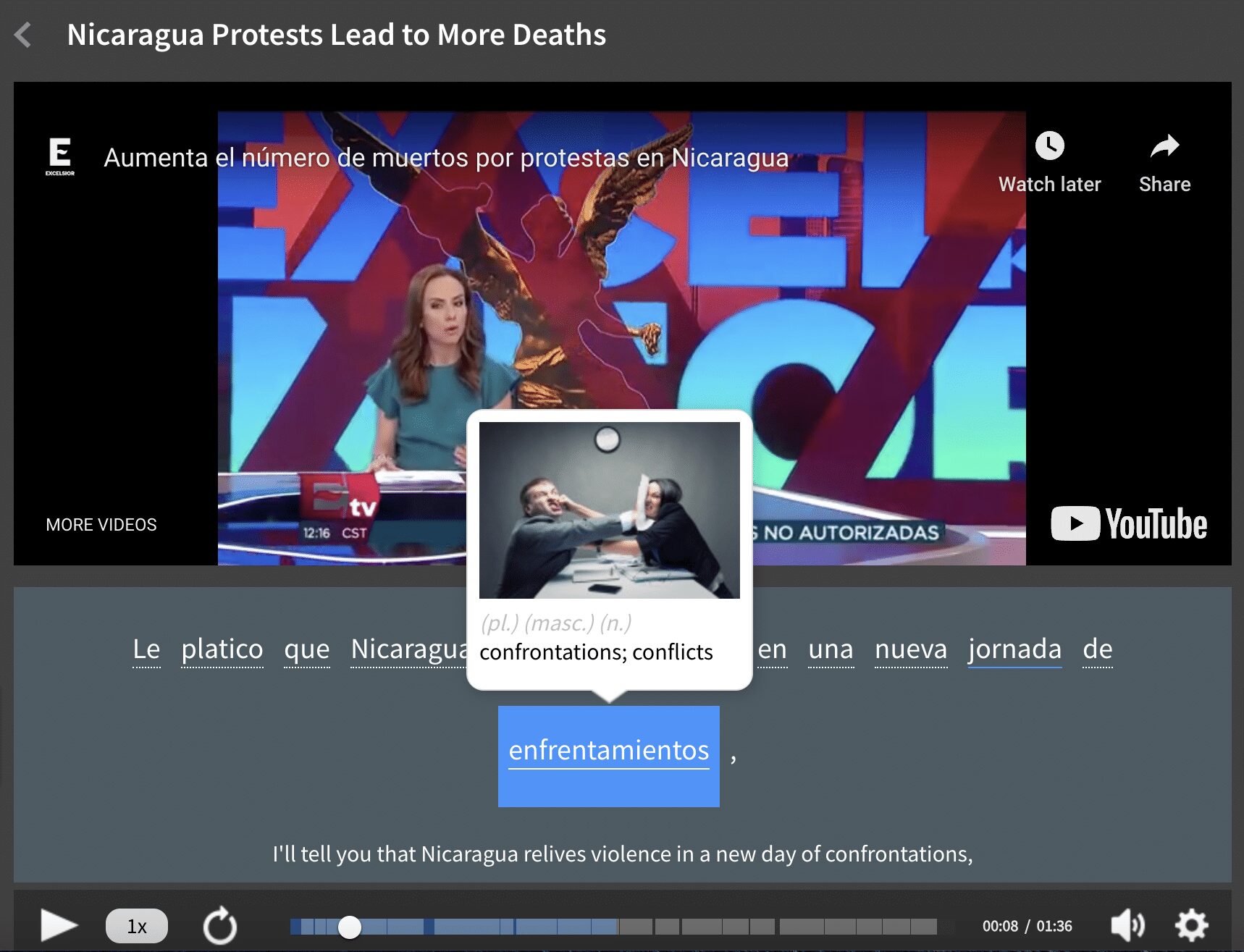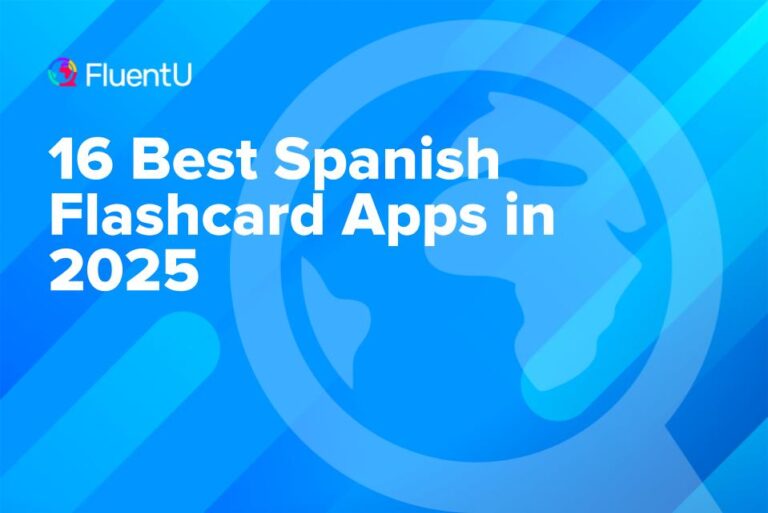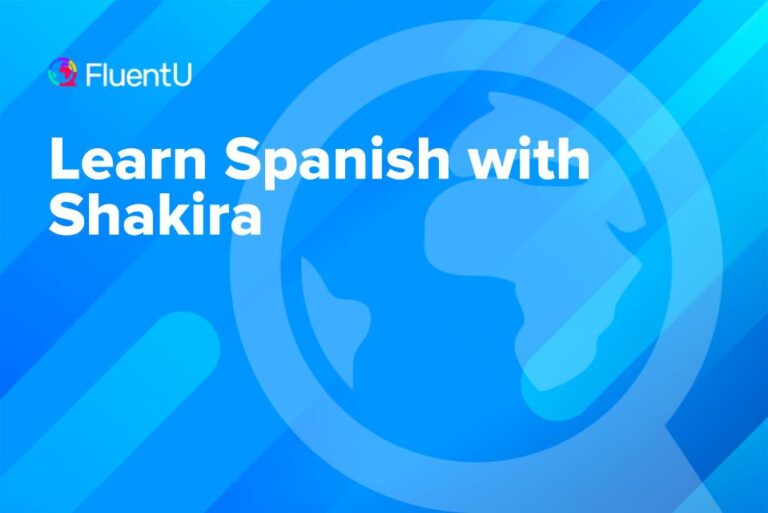8 Best Resources for Spanish News with Subtitles

Watching Spanish news with subtitles is an excellent way to learn the language. It can help you expand your vocabulary and improve your listening comprehension and understanding of Spanish grammar.
Let’s check out some of the best places to find subtitled news in Spanish and discuss how they can become personal language lessons. We’ve previously covered some of these resources on our YouTube channel:
Download: This blog post is available as a convenient and portable PDF that you can take anywhere. Click here to get a copy. (Download)
1. CNN en Español
CNN launched a 24-hour Spanish-language newscast in 1997, broadcasting to the USA and Latin America with some shows simulcast in Canada. Two years later, an independent feed for Mexico was established.
You can find news for specific countries and continents, or choose worldwide news. If you want high-quality Spanish language reporting, CNN en Español should be your first stop.
2. FluentU

FluentU is a great place to find news stories in Spanish, with subtitles available in both English and Spanish. As you watch, you can hover over or click on any word in the subtitles to see its meaning, part of speech, an associated image and more.
Videos are organized by topic and difficulty level, so you can easily find the right content for you. Personalized quizzes and flashcards will help you review and memorize the vocabulary you’ve learned from the videos.
3. Euronews
With Euronews, you can listen to the same news segment in about 17 different languages. You can easily change the language at the top left-hand side of the page.
To get the gist of a story, you can listen to the English version first. When you switch to Spanish, you’ll already have a grasp of the big picture. Alternatively, you can test yourself by watching the Spanish version first and then checking your comprehension with the English version.
Note that not all the videos on the website are available with subtitles.
4. Univision
Univision is one of the top Spanish-language television networks in the United States. It offers programming dedicated to Hispanic Americans and covers politics, immigration, sports and more.
This is a great resource for learning Latin American Spanish and vocabulary relevant to the biggest issues facing the U.S. and the world. You can also download their app to take the news on the go with you.
5. Excélsior TV
Launched in 2013, Excélsior TV is a Mexican news channel owned by Grupo Imagen. It’s named after the well-known Mexican newspaper Excélsior.
The channel primarily broadcasts news and analysis programs, covering a wide range of topics including politics, sports and economics. The programming is available 24 hours a day, providing constant news updates and in-depth reports.
6. BBC Mundo
BBC Mundo is the Spanish-language service of the BBC, offering a variety of news videos that cover global and Latin American news. These videos provide in-depth analysis and reporting on current events, politics, economy, technology, science, health and culture.
They aim to keep Spanish-speaking audiences informed with reliable and accurate news, maintaining the BBC’s standards of journalism. Just scroll down to “Video y audio” to find their Spanish news videos with subtitles, or go directly to their YouTube channel.
7. Telemundo
Telemundo is a major American Spanish-language television network owned by NBCUniversal and headquartered in Miami. It provides a wide range of content including telenovelas, sports, news, reality shows and films.
The network caters primarily to Hispanic and Latino American audiences. It operates numerous channels in the U.S. and internationally, reaching millions of viewers. Some of the videos on the Telemundo site are available with Spanish subtitles, especially those covering international news.
8. News in Slow Spanish
“News in Slow Spanish” is designed to help Spanish learners improve their listening comprehension skills through news stories delivered at a slower pace. The program provides podcast episodes with transcripts to help you follow along.
It covers current events, culture and language topics, providing listeners with a rich context for learning. You can find content at the beginner, intermediate and advanced level. You’ll also find grammar and vocabulary segments and discussion points to enhance the learning experience.
How to Use Spanish News with Subtitles
Just watching these news videos can be helpful, but there are a few things you can do to maximize their impact on your Spanish skills.
Watch Parallel Newscasts in English
The best way to approach Spanish news videos is first to grasp the big picture and understand what the story is about. From there, you can learn new words and phrases and boost your comprehension using context cues.
Look for international stories that likely have parallel English broadcasts you can watch. For example, news about U.S. politics or natural disasters that have captured the world’s attention. Once you get the gist of the story, you can dive deeper into the language.
Make Use of Both English and Spanish Subtitles
Take advantage of news videos that have both Spanish and English subtitles. You can use the English subtitles first, then the Spanish and then none at all. Replaying the videos will help you catch more words and get attuned to the normal pacing of native speakers.
Remember, news videos aim to engage and inform native speakers. So naturally, news anchors or reporters don’t care to slow down and stretch out to enunciate every word. You’ll likely need subtitles at first, especially when the reporter talks really fast.
Mine Each Segment for Vocabulary
As you watch a news story, look for vocabulary aligned with the story’s theme (political, lifestyle, etc.). You’ll find it easier to memorize vocabulary that belongs to the same class or category and is packaged in a single, engaging story.
After creating your word list, try grouping them according to parts of speech. Put nouns with nouns, verbs with other verbs, etc. Again, this natural grouping will help facilitate memorization. You can then create flashcards to practice new words.
Translate the Headlines into English
The words that you translate from Spanish to English and vice versa stick with you better than words that have been pre-translated for you. This is because the process of grappling with the words leaves imprints in your mind that provide a trigger for recall.
By translating the headlines or video titles into English, you’ll benefit from the brevity and the simplicity of their structure. You’ll be able to clearly see different grammar rules at play. For example, you might see how nouns and adjectives agree in gender.
Write a Summary of the News Story
The ultimate test of understanding Spanish news is the ability to tell the story using your own words. For each news video you watch, try to write a 5-sentence summary that you could use to share the main details with someone. Use the thematic vocabulary whenever you can.
This will give you the chance to construct your own grammatically sound sentences from scratch using relevant vocabulary. Be patient about the experience and make memorable mistakes. Then try to get a tutor or native speaker to check your work.
At some point, these Spanish videos will cease to be language lessons and become just plain old news for you. That’s when you’ll know you’ve made it!
Download: This blog post is available as a convenient and portable PDF that you can take anywhere. Click here to get a copy. (Download)







